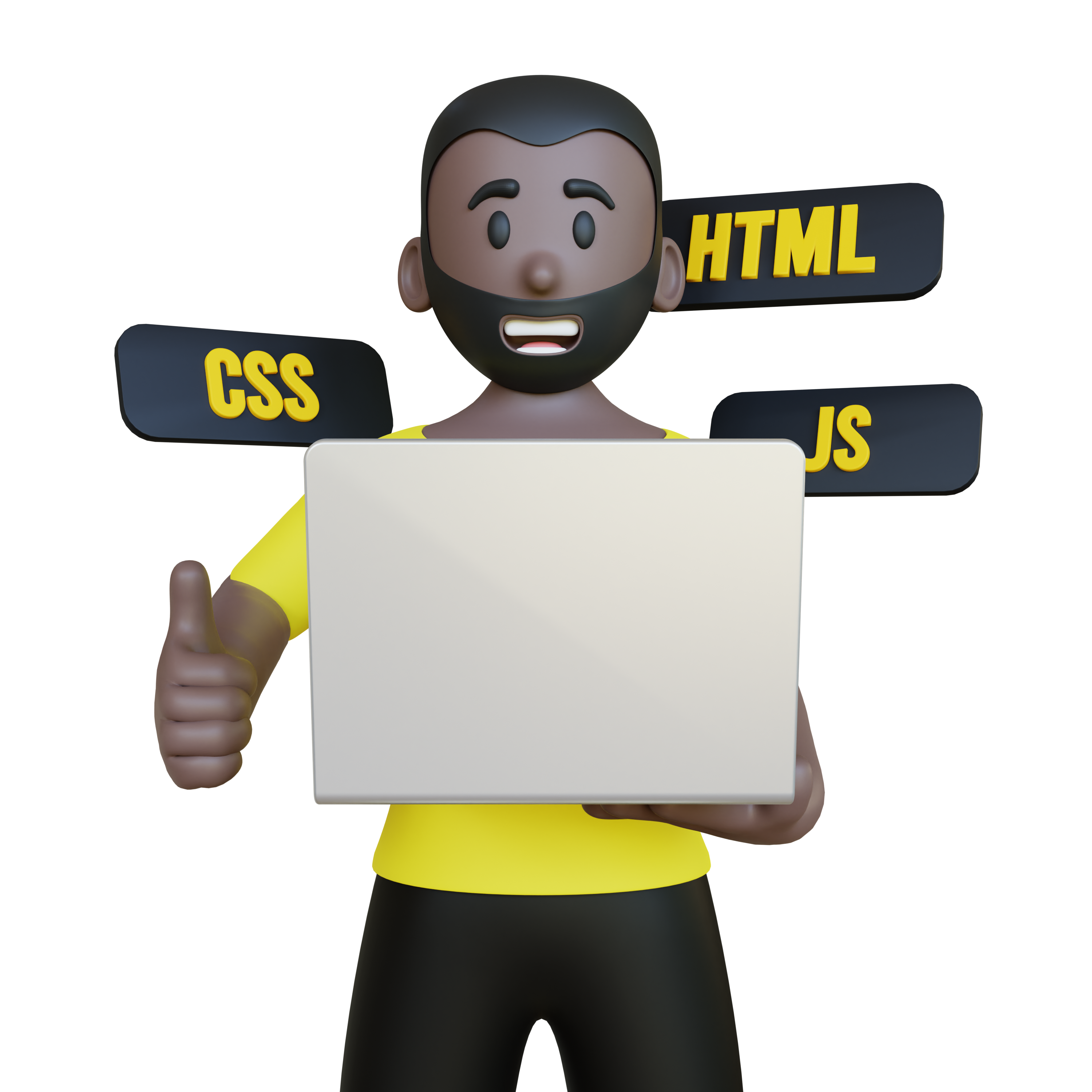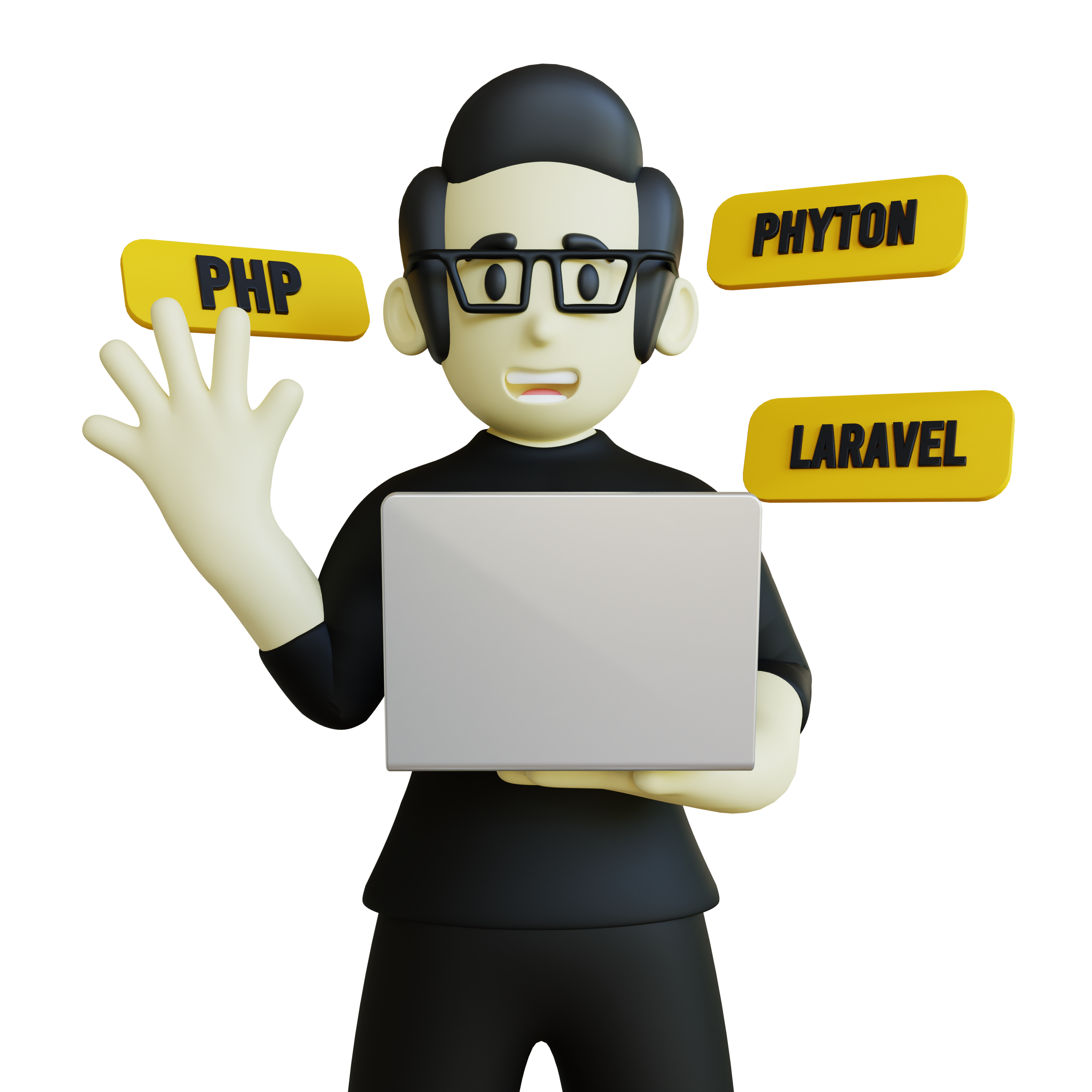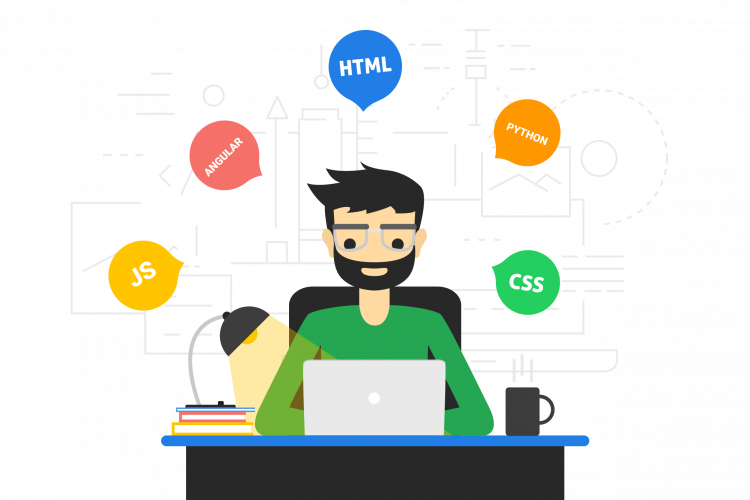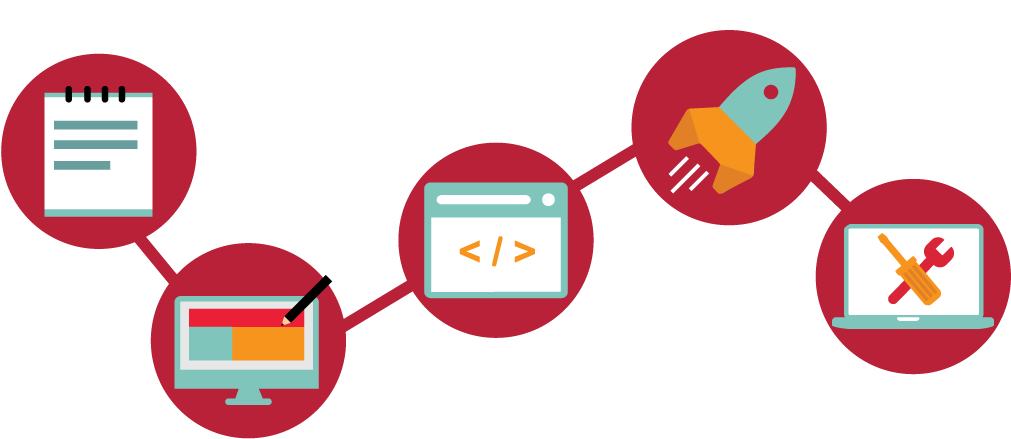Understand the various specializations in web development and how each contributes to building and maintaining effective digital solutions
Web development offers several distinct career paths, each with its own focus, required skills, and daily responsibilities. Understanding the differences between these roles will help you choose the path that best matches your interests, strengths, and career goals.
The three main categories of web developers are frontend developers, who focus on user interfaces; backend developers, who build server-side logic; and full-stack developers, who work with both frontend and backend technologies. Each path offers unique challenges and opportunities for growth.
Frontend developers create everything users see and interact with on websites and web applications. They transform designs into code, ensuring that websites are visually appealing, responsive across devices, and provide excellent user experiences. Frontend developers need strong skills in HTML, CSS, JavaScript, and modern frameworks like React or Vue.js.
This role requires a blend of technical programming skills and creative design sensibilities. Frontend developers must understand user experience principles, accessibility standards, and performance optimization to create websites that work well for all users.


Backend developers focus on server-side development, building the systems that power websites behind the scenes. They work with databases, server logic, APIs, and cloud infrastructure to ensure that applications can handle user data securely and efficiently. Backend developers typically specialize in languages like Python, Java, Node.js, or PHP.
Backend development requires strong problem-solving skills and attention to security and performance. These developers build the foundation that frontend applications rely on, handling everything from user authentication to data processing and storage.
Full-stack developers work with both frontend and backend technologies, providing end-to-end development capabilities. They understand the complete web development process and can build entire applications independently. This versatility makes full-stack developers valuable in startups and small teams where wearing multiple hats is essential.
While full-stack developers may not specialize as deeply in any single area, their broad knowledge allows them to see the big picture and make informed decisions about architecture and technology choices across the entire application stack.


A typical day for a frontend developer might include implementing new user interface components based on designer mockups, optimizing website performance across different browsers and devices, collaborating with UX designers to improve user flows, debugging layout issues, and ensuring the website meets accessibility standards.
Backend developers spend their days writing server-side code, designing database schemas, building and maintaining APIs, monitoring application performance and server health, implementing security measures, and collaborating with frontend developers to ensure smooth data integration.
Full-stack developers might start the morning working on a new API endpoint, then switch to implementing the frontend interface that consumes that API, followed by database optimization and deployment tasks. Their varied responsibilities require strong time management and the ability to context-switch between different technologies.
Choosing between frontend, backend, or full-stack development depends on your interests, strengths, and career goals. Consider what aspects of web development excite you most: working with visual design and user experience, solving complex logic and data problems, or having broad exposure to all aspects of application development.
Your personality and work style also matter. If you enjoy immediate visual feedback and iterating on user interfaces, frontend development might be ideal. If you prefer working with data, algorithms, and system architecture, backend development could be your calling. If you like variety and want to understand the complete picture, full-stack development offers the broadest perspective.
Remember that these paths aren't permanent. Many developers start in one area and transition to another as their interests and skills evolve. The fundamental skills you learn in any specialization will transfer and support your growth throughout your career.
